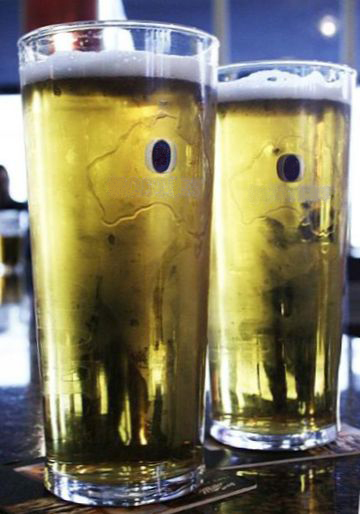5 The future of brewing: where next?
Modern-day breweries are constantly seeking to increase the efficiency of their processes. For maximum brewing efficiency modern-day lagers are often made much stronger than the desired ABV and are diluted before bottling. However, this strategy does not come without its own set of drawbacks. Yeast used in the brewing of beer cannot survive higher levels of alcohol and die, compromising the flavour of the beer. Therefore, a new generation of yeast that can survive higher alcohol concentrations is being evolved in bioreactors with increasing ethanol content – the survivors are isolated and cultivated.
New yeasts are also being investigated for the production of the lower-alcohol or alcohol-free beers, and many industry insiders see this as the most probable way forward for the future of brewing. Brewers have clearly identified a gap between beer and soft drinks – with low- and no-alcohol brands that promise to be healthier than conventional soft drink and soda alternatives (Figure 3).
There is a growing demand for low-alcohol beers that retain certain health benefits, thought to come from the high silicon content of some grains, that may be beneficial for bone health. Furthermore, beer contains polyphenol antioxidants which can keep cells healthy, albeit at lower quantities than wine. Ironically, the ability to absorb the polyphenols from the gut depends in part on the presence of alcohol.
You’ll now return to Hook Norton Brewery one last time. In the following video, James Clarke gives an insight into where Hook Norton think the future of brewing is heading.

Transcript
Activity 3 Influences of a modern-day brewery
Use the drop-down menus to select the missing words in this paragraph.

